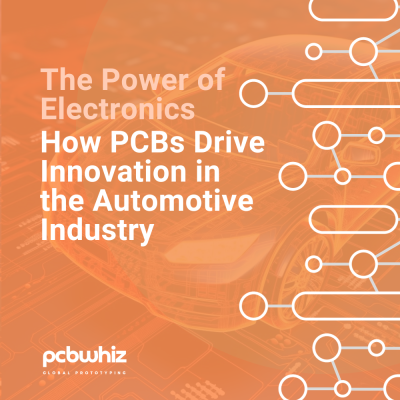The Power of Electronics - How PCBs Drive Innovation in the Automotive Industry
Martin Huang
Posted on October 31, 2023
The automotive industry has witnessed a remarkable transformation in recent years, with the increasing integration of electronics in vehicles. From advanced driver-assistance systems (ADAS) to infotainment and connectivity features, electronics play a pivotal role in driving innovation and shaping the future of mobility. At the heart of this electronic revolution lies the Printed Circuit Board (PCB), a key component that enables the functionality and performance of electronic systems in vehicles. In this article, we will explore how PCBs drive innovation in the automotive industry, revolutionizing the way we drive and experience vehicles.

The Rise of Automotive Electronics
In the past, automobiles were predominantly mechanical machines. However, with the rapid advancements in technology and the increasing demand for advanced features, the automotive industry has witnessed a significant shift towards electronic systems. This shift has been fueled by several factors, including the need for improved safety, enhanced connectivity, and greater fuel efficiency.
Regulatory requirements, such as mandatory implementation of safety features like Anti-lock Braking Systems (ABS) and Electronic Stability Control (ESC), have been instrumental in driving the integration of electronics in vehicles. Moreover, the rising consumer expectations for connectivity, convenience, and entertainment have propelled the adoption of advanced infotainment systems, navigation systems, and smartphone integration.
The Role of PCBs in Automotive Electronics
PCBs serve as the foundation for electronic systems in vehicles. They provide a platform for mounting and interconnecting various electronic components, ensuring the smooth operation and reliable performance of automotive electronics. PCBs are designed to accommodate complex circuitry and withstand the harsh operating conditions experienced in automotive environments, including temperature fluctuations, vibrations, and moisture.
PCBs in automotive applications are typically categorized into single-layer, double-layer, and multi-layer boards. Each type offers distinct advantages and is used based on the specific requirements of the electronic system. Single-layer PCBs are cost-effective and suitable for simpler applications, while double-layer and multi-layer PCBs offer increased flexibility and higher circuit complexity.
Driving Safety and Advanced Driver-Assistance Systems (ADAS)
One of the key areas where PCBs contribute to innovation in the automotive industry is driving safety. ADAS, which encompasses a range of technologies designed to assist drivers and improve road safety, relies heavily on electronic systems and PCBs. Features such as adaptive cruise control, lane departure warning, collision avoidance, and automatic emergency braking are made possible through the integration of sensors, microcontrollers, and communication modules on PCBs.
By enabling real-time data processing and communication between various components, PCBs play a crucial role in the seamless operation of ADAS. They facilitate the integration of sensors and actuators, ensuring accurate detection of objects and timely response to potential hazards. The reliability and performance of these systems heavily depend on the quality and design of PCBs.
Electrification and Power Electronics
The shift towards electric and hybrid vehicles is another significant trend in the automotive industry. Electric vehicles (EVs) rely on high-voltage systems, advanced battery management, and power electronics for efficient energy conversion and management. PCBs used in power electronics applications need to handle high currents and voltages while maintaining optimal thermal management.
The design of PCBs for power electronics involves careful consideration of component placement, thermal vias, and heat dissipation techniques to ensure reliable and efficient operation. Additionally, PCBs play a vital role in managing the complex interconnections and control circuits required for electric propulsion systems.
Connectivity and Infotainment Systems
In-car connectivity and infotainment systems have become essential features for modern vehicles. From wireless connectivity and smartphone integration to advanced audiovisual capabilities, these systems enhance the driving experience and provide a range of entertainment and information options.
PCBs enable the integration of various components, including microprocessors, memory modules, wireless communication modules, and display panels, to create seamless connectivity and infotainment systems. The compact design and high-density interconnects offered by PCBs allow for the integration of multiple features within limited space, ensuring a clutter-free and user-friendly interface.
PCB Manufacturing and Automotive Standards
The manufacturing of PCBs for automotive applications requires adherence to stringent quality and reliability standards. Automotive-grade PCBs are subject to rigorous testing and certification processes to ensure they can withstand the demanding conditions encountered in vehicle environments.
Manufacturers follow automotive-specific standards, such as the Automotive Electronics Council (AEC) guidelines, to ensure the reliability and performance of PCBs. These standards cover aspects such as material selection, thermal management, soldering techniques, and environmental testing.
Future Innovations and Emerging Trends
The future of automotive electronics and PCBs holds immense potential for further innovation. As the industry moves towards autonomous vehicles and connected mobility, the demand for advanced electronic systems will continue to rise. PCBs will play a crucial role in enabling technologies such as vehicle-to-vehicle (V2V) communication, advanced sensor fusion, and artificial intelligence-powered systems.
Moreover, the integration of flexible PCBs and 3D-printed electronics has the potential to revolutionize automotive design, allowing for more compact and lightweight electronic systems. These advancements will pave the way for increased electrification, improved energy efficiency, and enhanced user experiences in future vehicles.
Final Thoughts
The integration of electronics and PCBs has transformed the automotive industry, enabling advanced features and driving innovation at an unprecedented pace. From enhancing safety and connectivity to enabling electrification and infotainment systems, PCBs are the backbone of automotive electronics. As technology continues to evolve, PCBs will play an increasingly vital role in shaping the future of mobility.
The automotive industry is poised for further advancements, with autonomous driving, electric propulsion, and connected mobility on the horizon. PCB manufacturers and design engineers will continue to push the boundaries of innovation, developing cutting-edge solutions that meet the evolving needs of the automotive industry.
By understanding the power of electronics and the pivotal role of PCBs in driving automotive innovation, we can appreciate the transformative impact of technology on our vehicles and the way we experience mobility.
If you found this article insightful, stay tuned for more in-depth discussions on the intersection of electronics, PCBs, and various industries.



